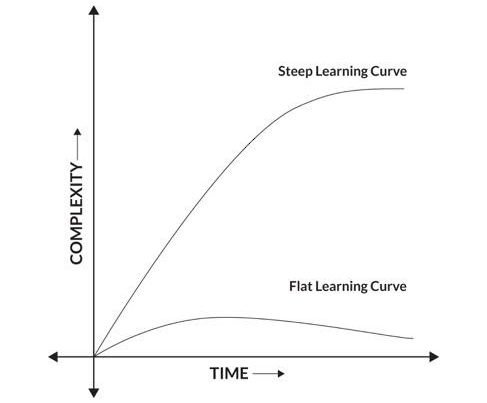Sixteen of the 17 warmest years in the 136-year record have occurred since 2000, (Source: NASA/GISS https://climate.nasa.gov/vital-signs/global-temperature/). Relative to the period 1951 – 1980, the global surface temperature has risen by 0.99 degrees Celsius.
The following pictures in a time series narrate a terrifying tale of how the earth is sizzling. They show the five-year average variation of global surface temperatures. Dark blue indicates areas cooler than average. Dark red indicates areas warmer than average.

Look at the picture to the extreme right, depicting 2016, almost everywhere the temperature is higher than the immediately preceding five-year period. This trend is here to stay, with no possibility of a rollback.
Polar ice caps are melting at a rate much higher than the annual winter accumulation, leading to rising sea levels. The sea ice doesn’t change the sea levels much, but the melting land ice adds substantially to ocean levels. A lot of coastal inhabitations will get submerged. Most major cities in the world are along coasts.
Heat waves around the globe are becoming the norm. Tropical temperatures will soon reach levels which would make surviving impossible. Unknown bacteria will emerge creating epidemics of catastrophic proportions. Cities in the tropical belt will be the most affected by this unprecedented temperature rise.
So, what are the options?
- Create massive air conditioning systems that will cover an entire tropical city?
However bizarre and impractical this may sound, this would take care of only the temperature rise, what about the eventuality of getting submerged under the rising ocean. - Build large embankments à la the dykes of Amsterdam – Easier said than done.
- Move the population inward into the countryside; which means moving an entire city.
My view is that new cities will come up in the temperate zones of the world, triggering mass migrations, leading to commercial establishments moving their offices into these new towns, speeding up the migrations. The support for this argument is that land masses in Greenland and the Arctic circle are opening up due to the ice melts. Already there are Russians, Americans, Swedes, Norwegians, etc. laying their stake over these newly formed land swathes*. The melting of the polar caps is also opening up new waterways improving access to these otherwise unreachable terrains. New waterways will speed up the establishment of trade and commerce in these regions, thus supporting more migration.
According to me, in the next fifty years, massive migrations will happen from the tropics into the temperate zones and in the next thirty, humans will colonize the poles, as even the current temperate zones will heat up.
Governments and policy planners need to think along these lines unless Elon Musk succeeds in colonizing the moon before that ☺☺☺
Source: *Eric Roston, BlackiMigliozzi, How a melting Arctic Changes Everything, Bloomberg L.P. (May 16, 2017)



